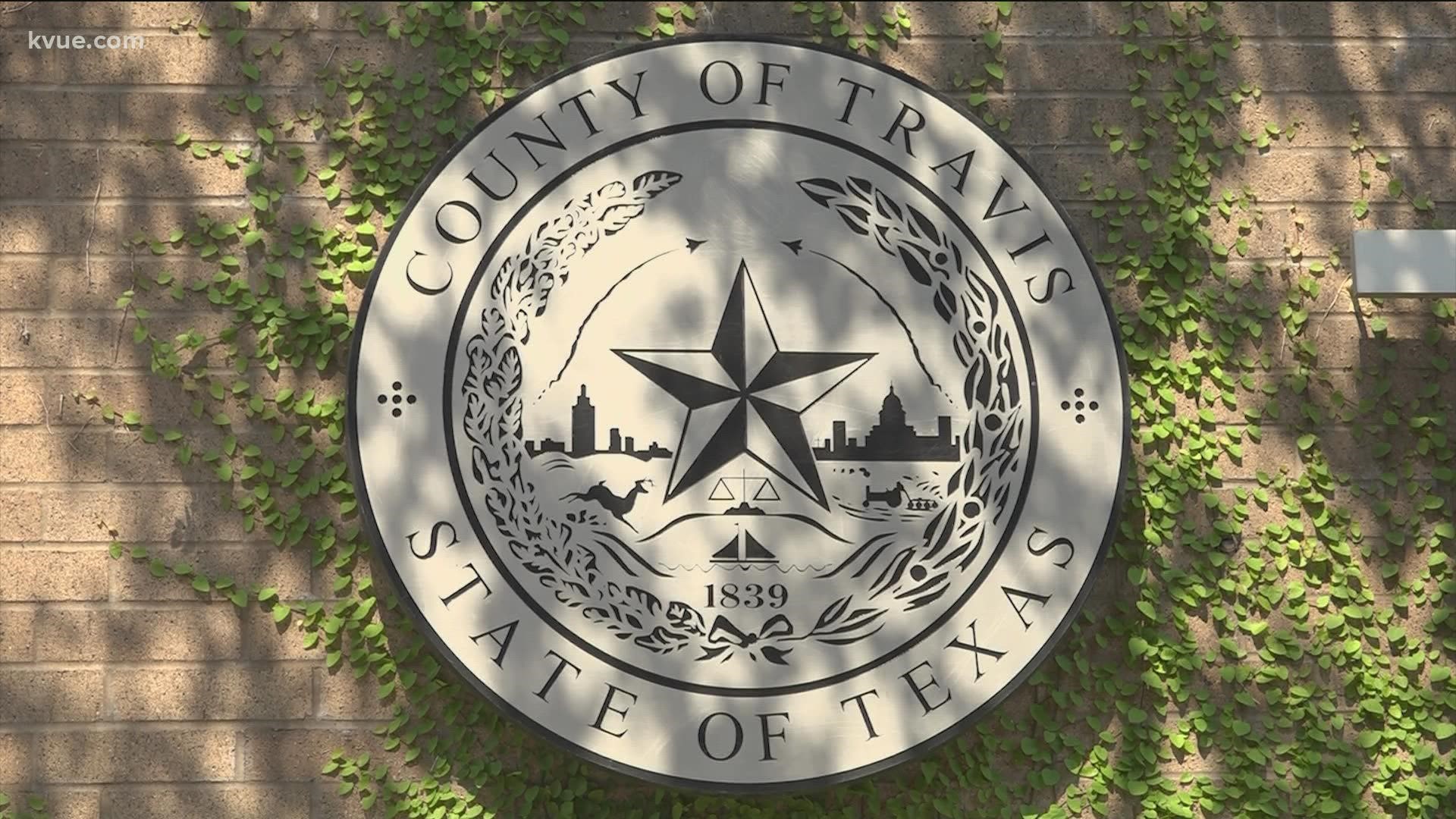AUSTIN, Texas — Travis County is making the most out of "work from home" due to the coronavirus.
Leaders say teleworking has helped expedite their sustainability efforts with the ultimate goal of reaching net-zero community emissions by 2050.
According to the 2020 Sustainability Report, the County saved close to $1.3 million in building utility costs and cut carbon dioxide emissions by 30%.
"Our buildings were the largest source of our greenhouse gas emissions. The next largest source was the employee commute," said Brigid Shea, Travis County Commissioner with Precinct 2.
The County also passed a resolution directing transportation fleet staff to develop a plan to transition fleet vehicles to electric vehicles. This will happen in incremental steps by replacing decommissioned vehicles.
While Travis County is saving energy, some employees are taking on a portion of those costs by using more energy at home. Shea believes the trade-off is that employees save money on gas and have more quality time with family by cutting out work commutes.
From 2019 to 2020, Americans spent the same amount of time working each day, according to a report released in July from the Bureau of Labor Statistics. However, commute dropped by an average of 26 minutes per day, from 1.2 hours to 47 minutes.
People also had other priorities – enjoying life. The report found people spent more time relaxing. Leisure and sports activities increased by 32 minutes a day, on average.
Despite people spending more time at home, Carey King, an assistant director and research scientist for the Energy Institute at the University of Texas, explained that, nationwide, household energy usage did not spike tremendously during COVID-19.
"In some sense, that is a sign that how much time we spend in the house is maybe not that influential on how much energy we consume, or it means our houses consume too much energy when we are not in them," King said.
While Travis County has made big strides in energy sustainability, the County still has more ground to cover.
Tom Gleason, a sustainability manager for the County, is leading the charge on some of these efforts. As people try to return to their normal lives, he said it will take the community to help make the county a greener place.
"We don't want to just revert back to the way things were from this. We want to use the pandemic as an opportunity to grow and adapt," he said.
The county's next steps will include focusing on transitioning fleet units to electric, improving recycling and compost efforts, shifting 75% of eligible employees to telework, and engaging the community.
PEOPLE ARE ALSO READING:

